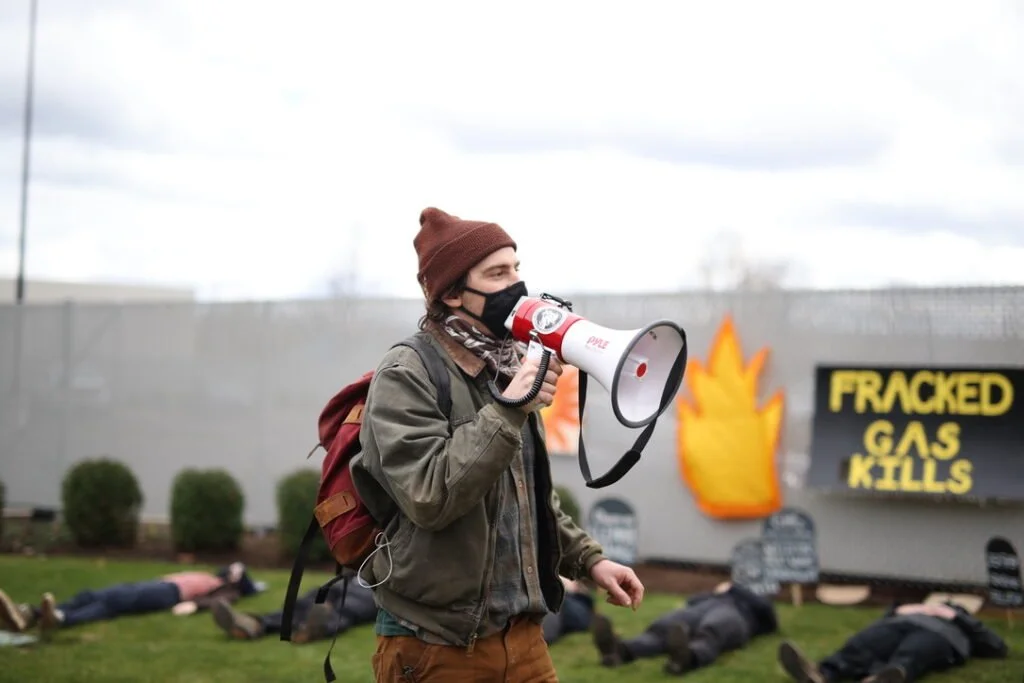If you're reading this, you may have an interest in sustainability in the built environment or in how buildings' energy use impacts climate change. However, applying for an open seat on the Bureau of Codes Division (BCD) Advisory Boards may not have crossed your mind. You may have never thought about how building codes are developed or how often they are updated. But if you care about climate change and future generations, you should know that buildings account for approximately 40% of Oregon's energy use and emit around 28% of the greenhouse gas pollutants that are harmful to our health and contribute to more and worse climate destruction. Volunteering for a seat on a BCD Advisory Board is an excellent way to help reduce the climate impact of the built environment.
The ZERO Coalition Urges Governor’s Housing Production Advisory Council to Proactively Consider Climate Impact
In response to calls for Gov. Kotek’s Housing Production Advisory Council to expedite residential construction by relaxing energy efficiency and climate mitigation building requirements, the ZERO Coalition has submitted a series of policy papers urging the Council to ensure that climate impact remains a key consideration for equitably increasing housing stock. The papers outline recommendations that can be adopted to ensure the state meets both its housing supply and building decarbonization goals.
ZERO Volunteered with Community Energy Project
On a cold, but sunny Saturday in October, a few ZERO coalition members volunteered with Community Energy Project (CEP) to get a North Portland home ready for winter. We started off with an orientation at CEP’s office on SE Stark Street. Jackie Zusi-Russel, CEP’s Home Energy Score Assessor/Lead Volunteer Coordinator, and an active member of the ZERO Coalition herself, led the orientation with two of CEP’s talented In-Home Services Managers: Roc and Yuriy. We learned how to weatherize single pane windows by creating a sealed air barrier using pre-packaged weatherization kits. The kits included tough but clear shrink film sheets and plastic strips with edging to hold the shrink film in place. After practicing with the kits during orientation, we drove over to North Portland to begin work on a community member’s home.
We worked on the interior of the home, cleaning each window frame. We placed one plastic strip along each side of a window, sticky tape side down. Once the four strips were placed, we stretched the clear shrink film to fit the whole window, with at least 1” of excess film on each side. We smoothed out the film to make sure it was clear and then began gently tapping another plastic string with edging over the film and into the first strip to secure the film in place. This was the tricky part; sometimes it was difficult to get the second plastic strip to fit in neatly with the grooved edges of the first plastic strip! We finally achieved this on all four sides, and stood back to admire our windows, which were still clear, but had a protective air barrier to keep winter out. While the ZERO members busied ourselves with window weatherization, Roc and Yuriy worked on other projects to update the house in time for winter.
Overall, the experience was a fun and encouraging way to spend a Saturday morning. We learned about Community Energy Project’s mission to educate homeowners and weatherize homes across Portland’s community. And we helped a family prepare their home for winter, which will drastically decrease their energy costs, and reduce the energy load on their heating systems. CEP hosts volunteer days often, so I highly recommend checking them out!
Thanks to the ZERO members that volunteered: Zeta Fernando, Marla Harvey, Vinh Mason, and Jackie Zusi-Russel!
Written by: Zeta Fernando, LEED AP ND




